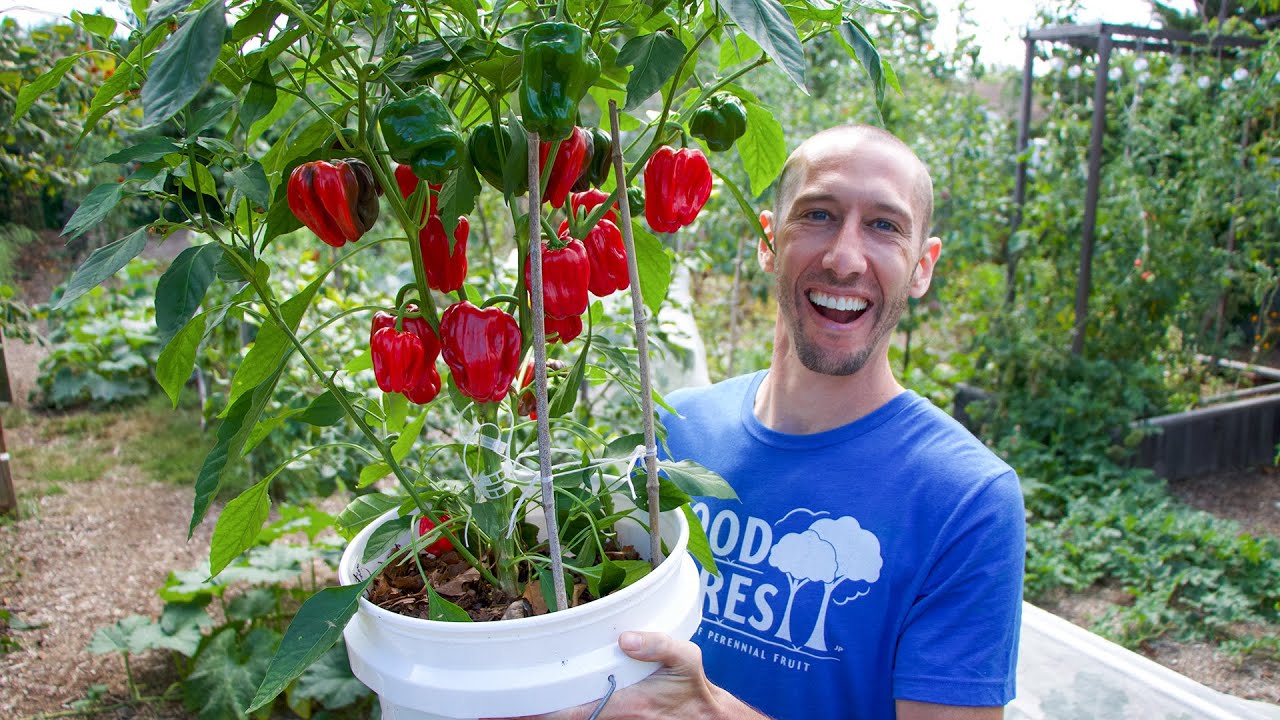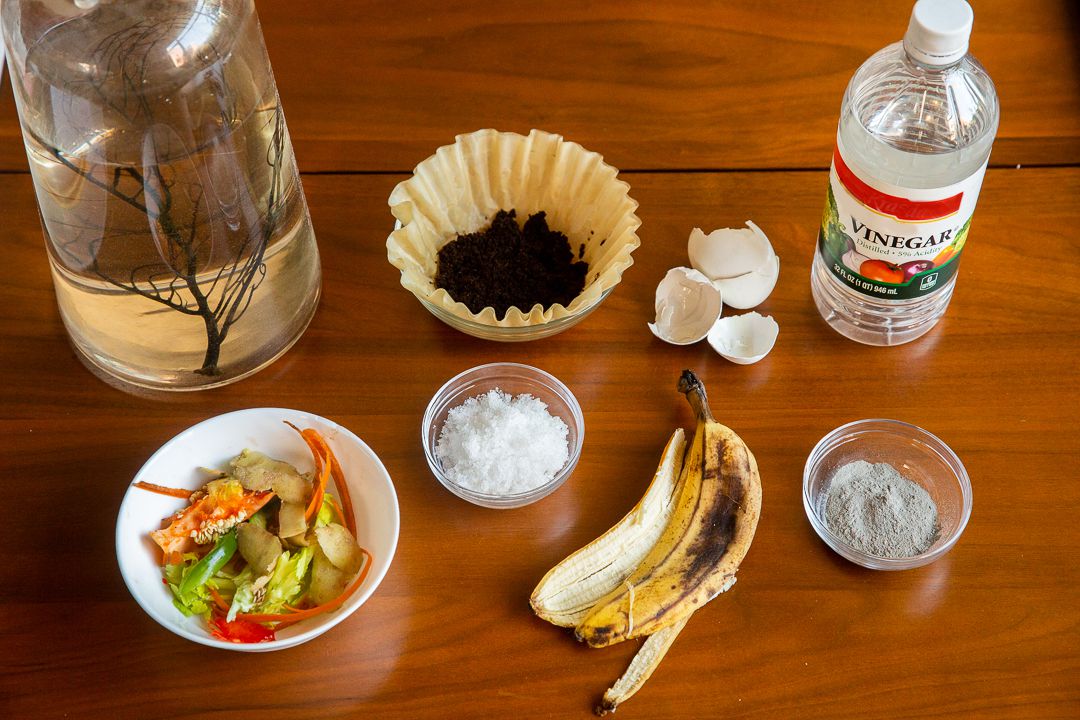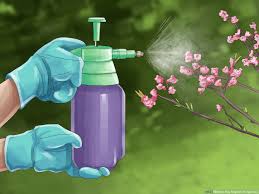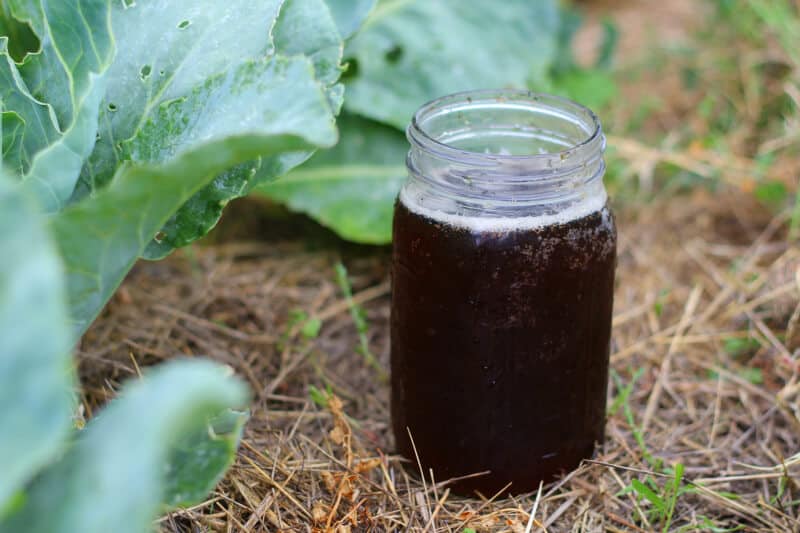How to Grow Peppers in Pots
Are you interested in growing your own peppers but don’t have a lot of space in your garden? Don’t worry, you can easily grow peppers in pots right on your porch or balcony. In this article, we will walk you through the steps on how to successfully grow peppers in pots.
1. Choose the Right Container
The first step in growing peppers in pots is to choose the right container. Make sure the pot has good drainage holes at the bottom to allow excess water to escape. Peppers need well-draining soil to thrive, so it’s important to have a container that allows for proper drainage.
It’s recommended to choose a container that is at least 12 inches in diameter and 12 inches deep. This will give the pepper plants enough room to grow their roots and spread out. Make sure the pot is made of a durable material that won’t crack or break easily.
2. Pick the Right Pepper Variety
When growing peppers in pots, it’s important to choose the right variety that is well-suited for container gardening. Some good pepper varieties to consider for pots include bell peppers, jalapenos, and banana peppers.
Make sure to read the seed packet or plant tag to determine the proper spacing and care instructions for the specific pepper variety you choose. Some pepper plants may require staking or support as they grow, so be prepared for that as well.
3. Use Well-Draining Soil
Peppers need well-draining soil to avoid root rot and other issues. Choose a high-quality potting mix that is specifically designed for container gardening. Avoid using garden soil, as it may be too dense and not provide adequate drainage for the peppers.
Consider adding some perlite or vermiculite to the soil mix to improve drainage. These materials will help prevent the soil from becoming waterlogged and ensure that the pepper plants receive enough oxygen to thrive.
4. Provide Adequate Sunlight
Pepper plants need a lot of sunlight to produce healthy fruits. Make sure to place your pots in a sunny spot where they will receive at least 6-8 hours of sunlight per day. If you are growing peppers indoors, consider using a grow light to supplement natural sunlight.
Rotate the pots every few days to ensure that all sides of the plants receive equal sunlight. This will help prevent the pepper plants from becoming lopsided or leggy as they grow.
5. Water and Feed Regularly
Pepper plants need consistent moisture to thrive. Water your plants regularly, making sure to keep the soil evenly moist but not waterlogged. Avoid overwatering, as this can lead to root rot and other issues.
Consider feeding your pepper plants with a balanced fertilizer every 2-3 weeks to help promote healthy growth and fruit production. Follow the instructions on the fertilizer package carefully to avoid overfeeding your plants.
6. Watch Out for Pests and Diseases
Keep an eye out for pests such as aphids, spider mites, and caterpillars that may attack your pepper plants. If you notice any signs of pests, treat them immediately with an organic insecticidal soap or neem oil spray.
Prevent common pepper diseases such as powdery mildew and blossom end rot by providing adequate air circulation around your plants. Avoid overcrowding your pots and remove any dead or diseased leaves promptly to prevent the spread of diseases.
7. Harvesting Peppers
Once your pepper plants start producing fruits, you can harvest them when they reach the desired size and color. Use a pair of clean scissors or garden shears to cut the peppers from the plants, taking care not to damage the stems or branches.
Harvest your peppers regularly to encourage the plants to continue producing more fruits. Store harvested peppers in the refrigerator or use them fresh in your favorite recipes. Enjoy the fruits of your labor!
Conclusion
Growing peppers in pots is a fun and rewarding way to enjoy fresh homegrown produce. Follow these tips and guidelines to successfully grow peppers in pots right in your own backyard or balcony. Happy gardening!



